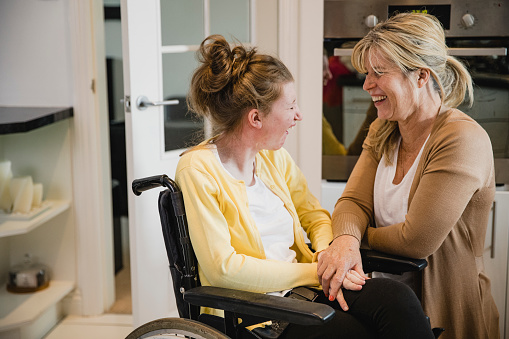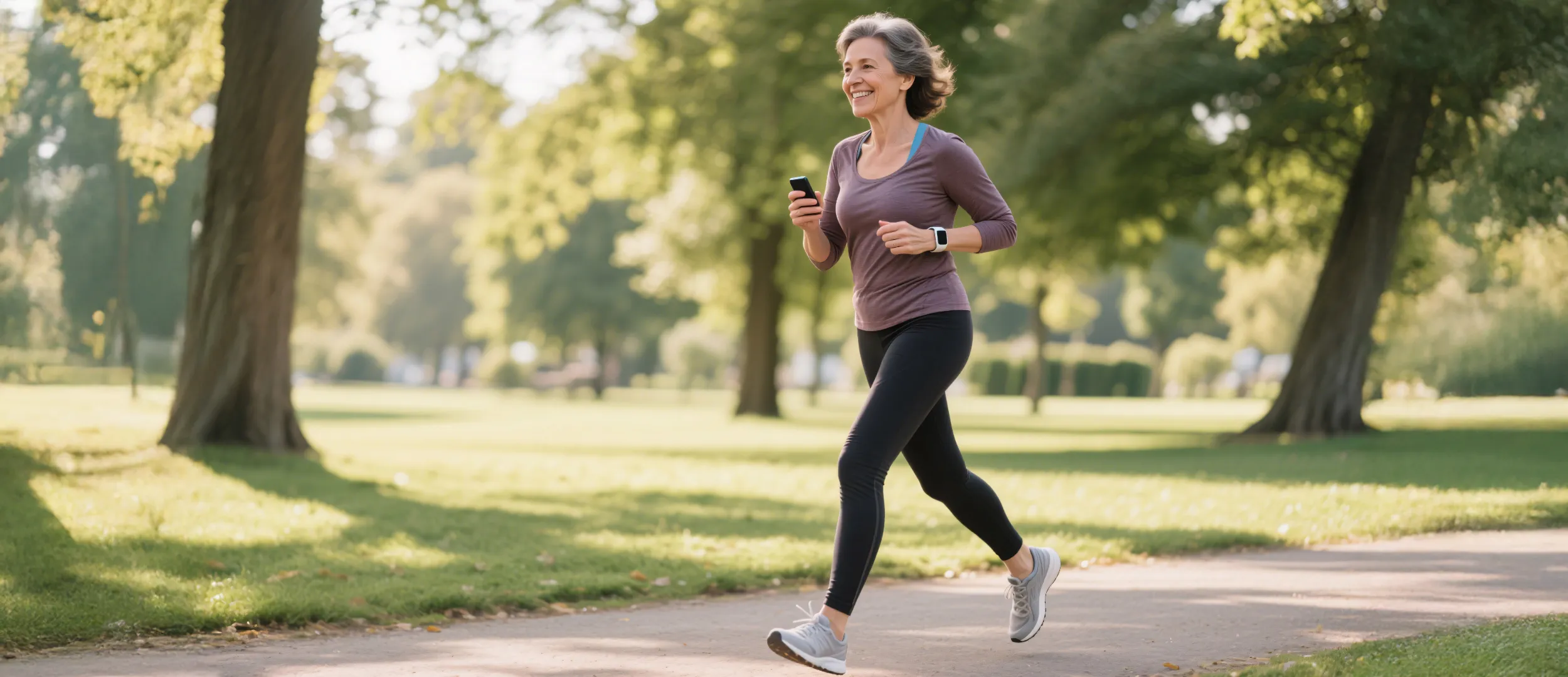Lou Gehrig’s Disease, also known as ALS (Amyotrophic Lateral Sclerosis), is a serious condition that affects the nerves and muscles. It causes muscle weakness and can eventually lead to paralysis. While there is no cure, physical therapy can help people with ALS live better lives.
What Is Lou Gehrig’s Disease?
ALS is a neurodegenerative disease that affects the brain and spinal cord. It causes the muscles to weaken over time, making it hard to move, speak, eat, and breathe.
Symptoms of Lou Gehrig’s Disease
Common symptoms include:
– Muscle weakness, especially in the arms and legs
– Trouble speaking or swallowing
– Breathing difficulties
– Weight loss and fatigue
– Seizures or memory problems in some cases
The Importance of Physical Therapy
Physical therapy (PT) helps people with ALS stay active and independent for as long as possible. It can improve strength, reduce pain, and make daily tasks easier.
How Physical Therapy Can Help
PT can slow down the effects of ALS. Therapists use exercises, stretching, and massage to help keep muscles working. They may also teach safe ways to move and use tools like braces or walkers.
What to Expect From Physical Therapy
At your first PT visit, the therapist will ask about your symptoms and test your strength and movement. They will then create a plan just for you. This plan may include exercises, stretches, and tips for staying safe and mobile.
Tips for Living with Lou Gehrig’s Disease
Here are some helpful tips:
– Be patient with your progress.
– Stick to your therapy schedule.
– Listen to your body and don’t overdo it.
– Speak up if something feels uncomfortable.
Conclusion
If you or someone you know has ALS, physical therapy can make a big difference. Talk to your doctor about starting PT to help manage symptoms and improve quality of life.




